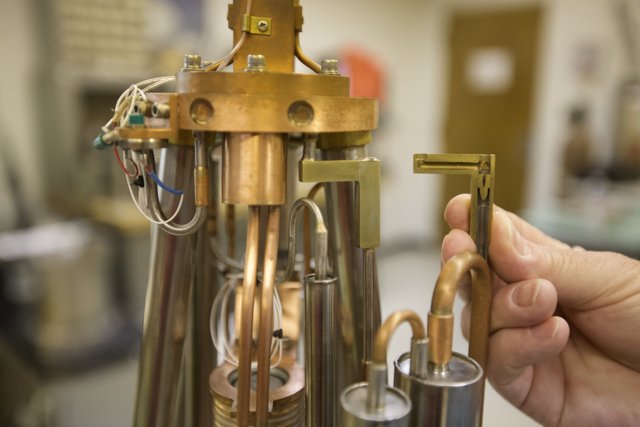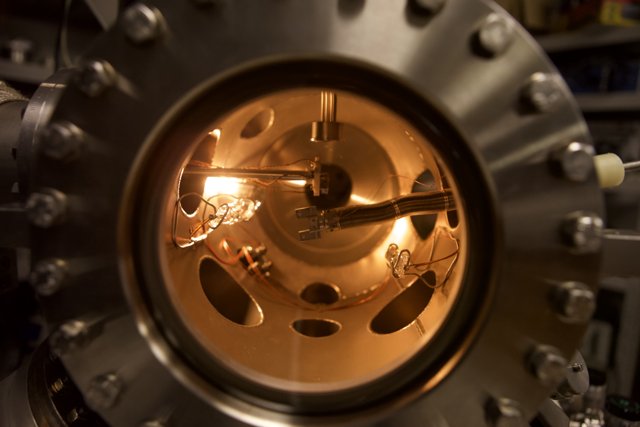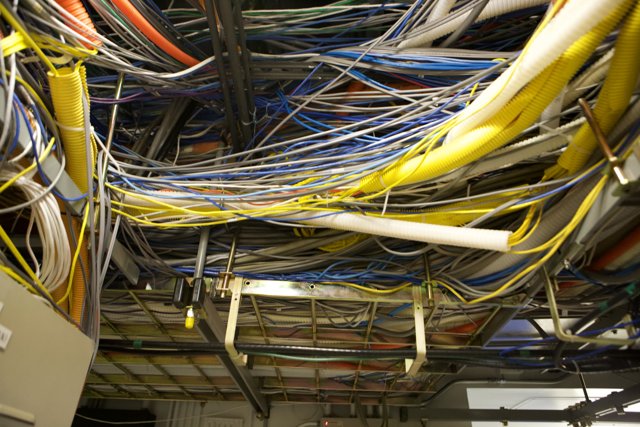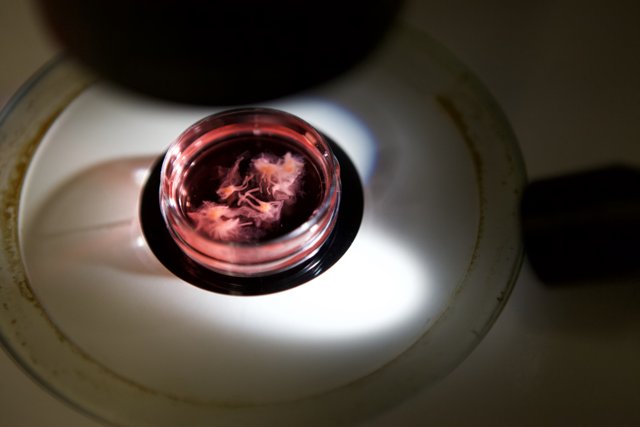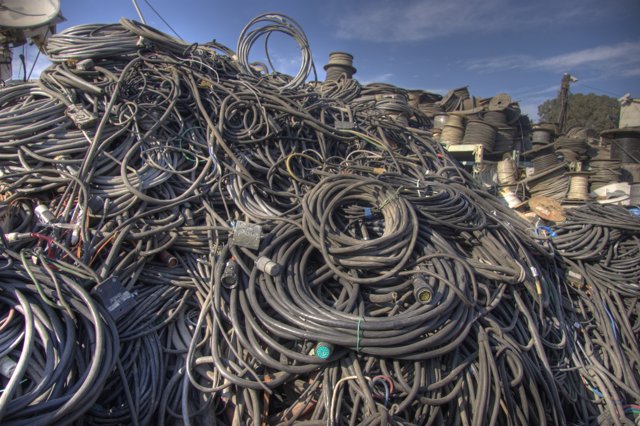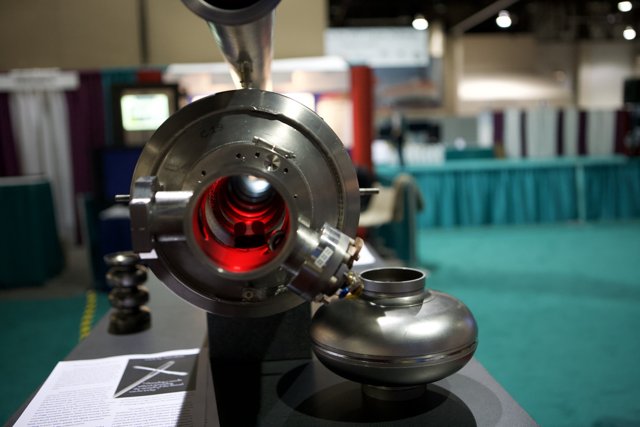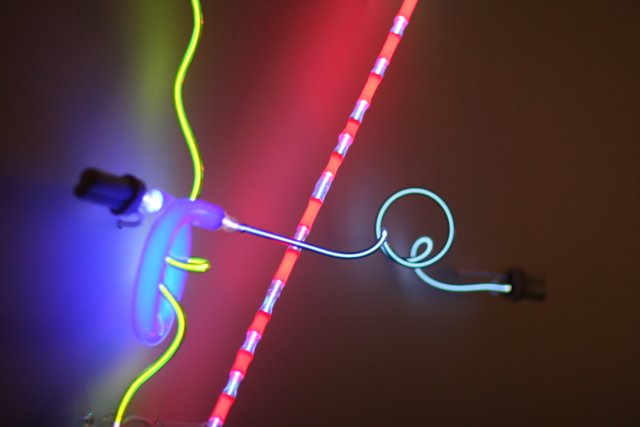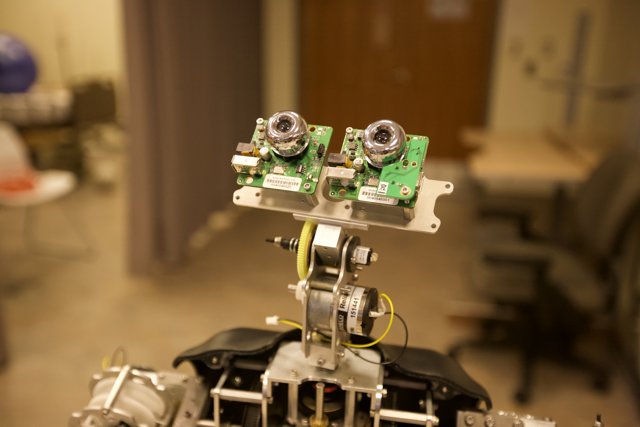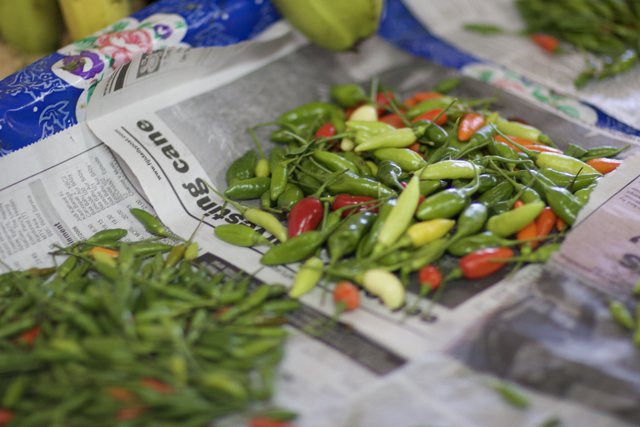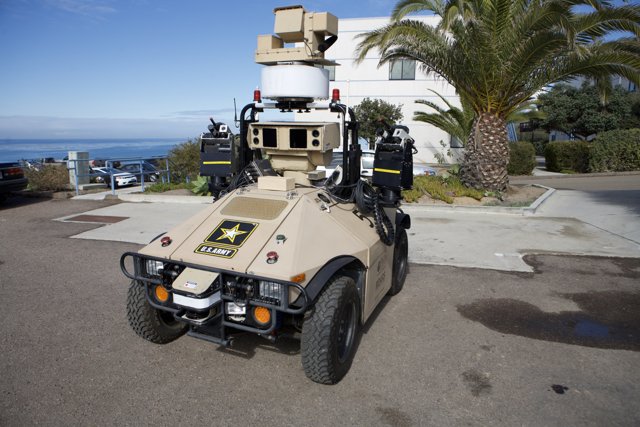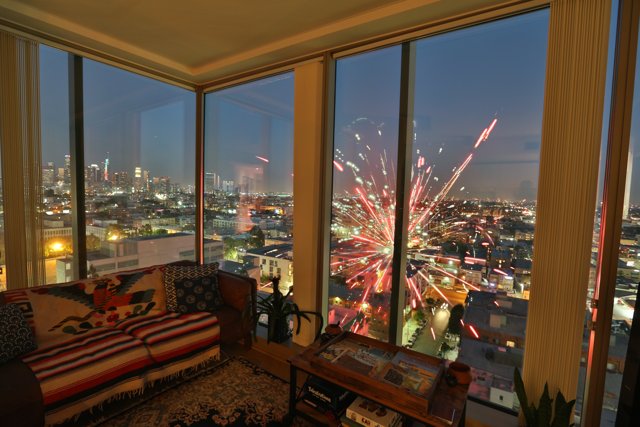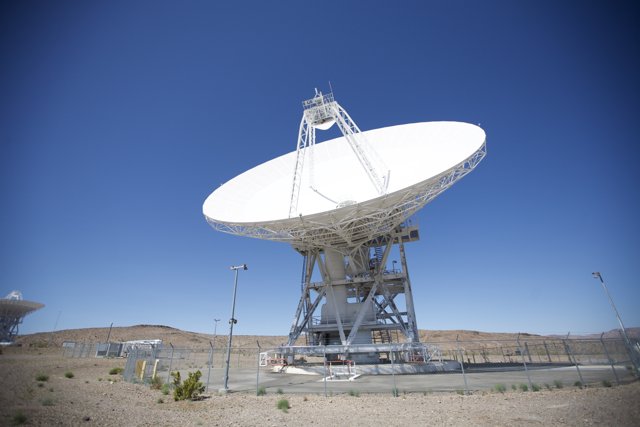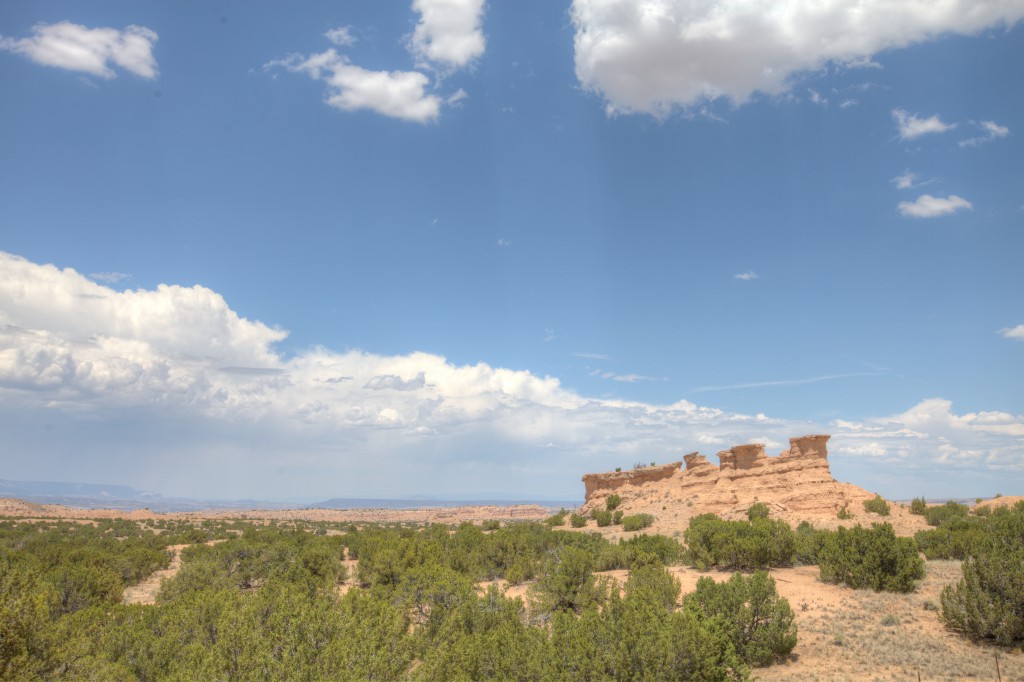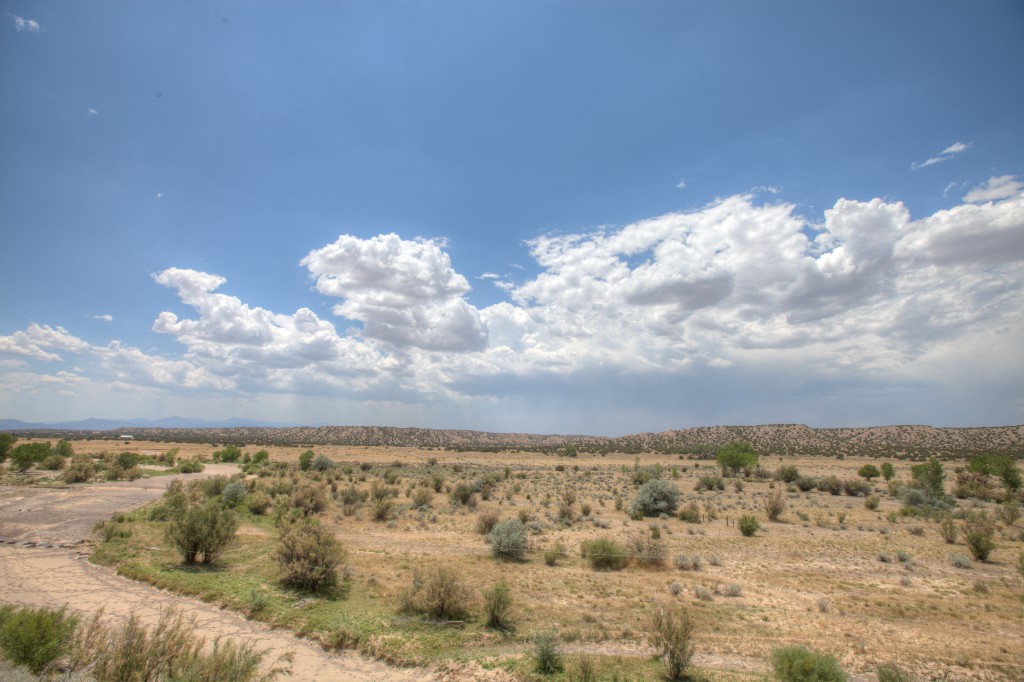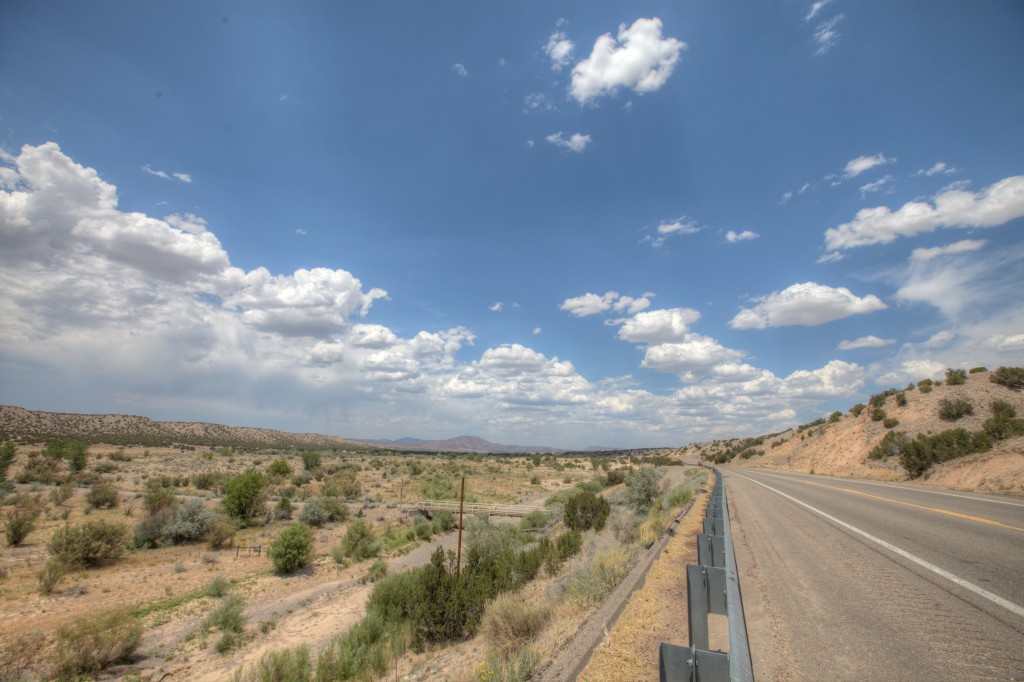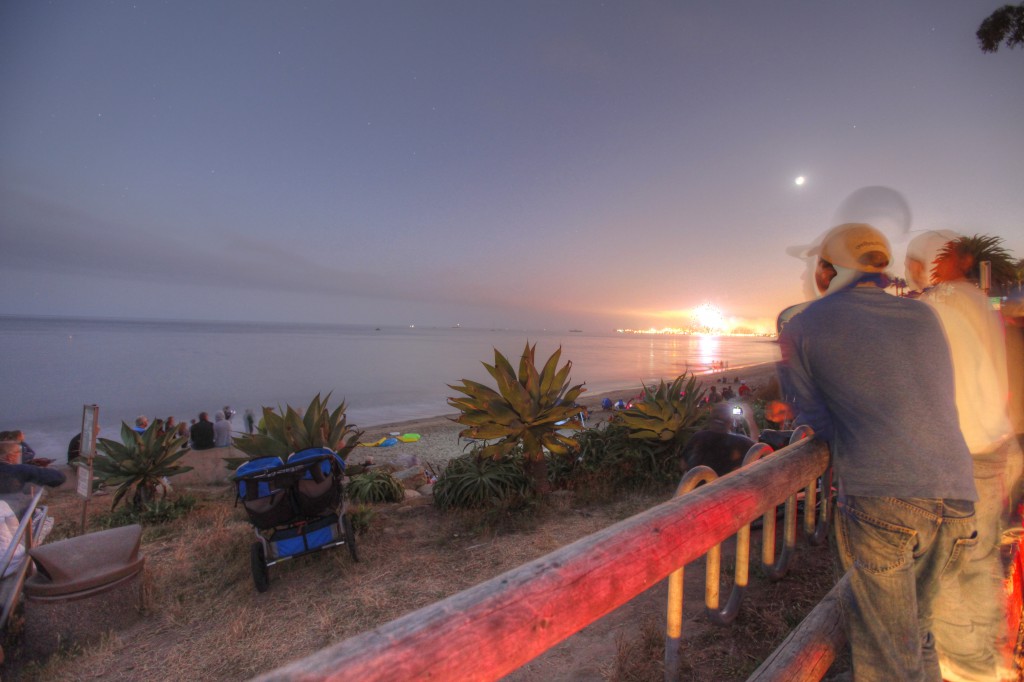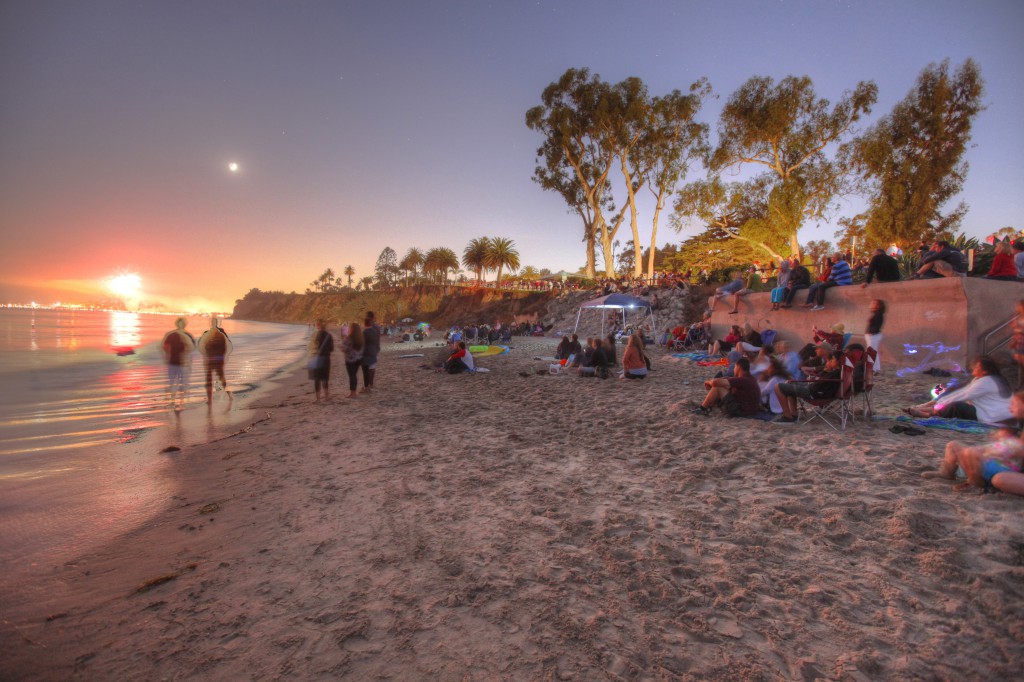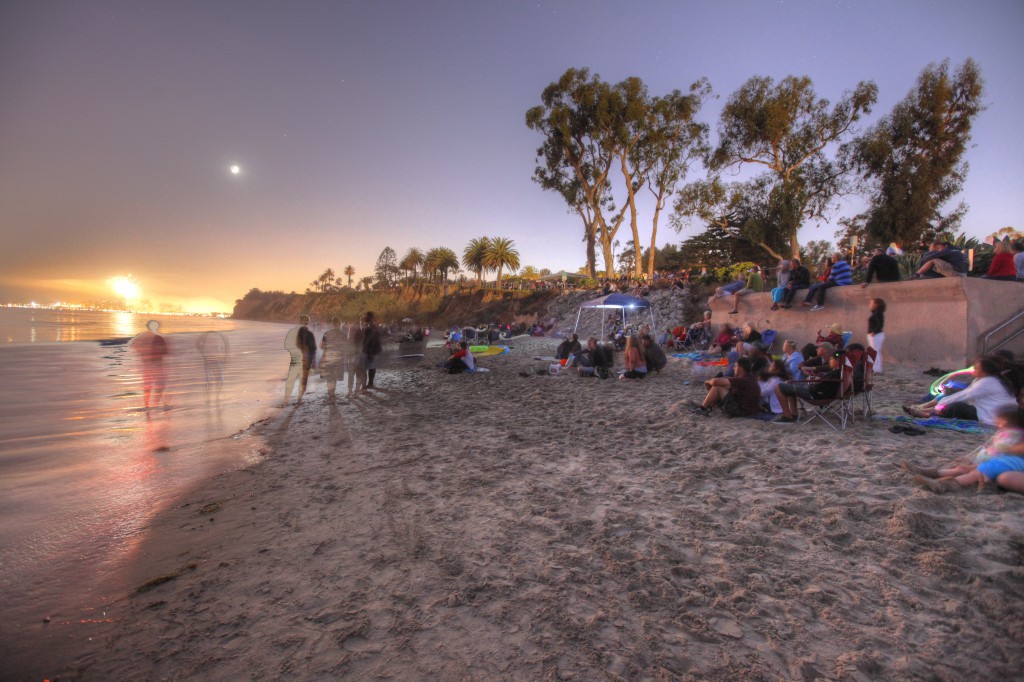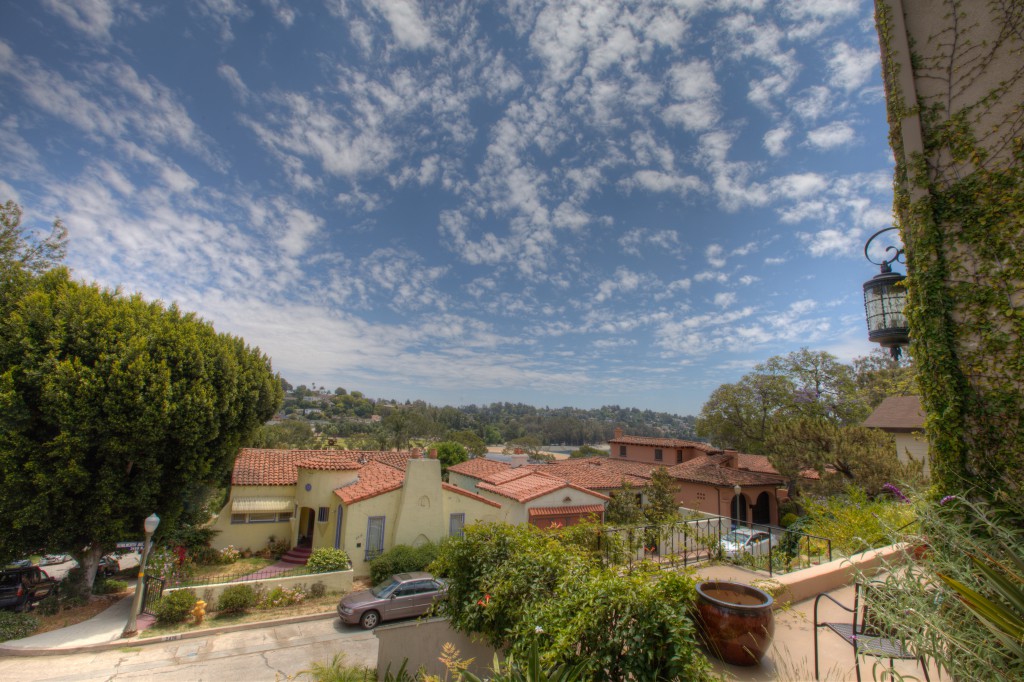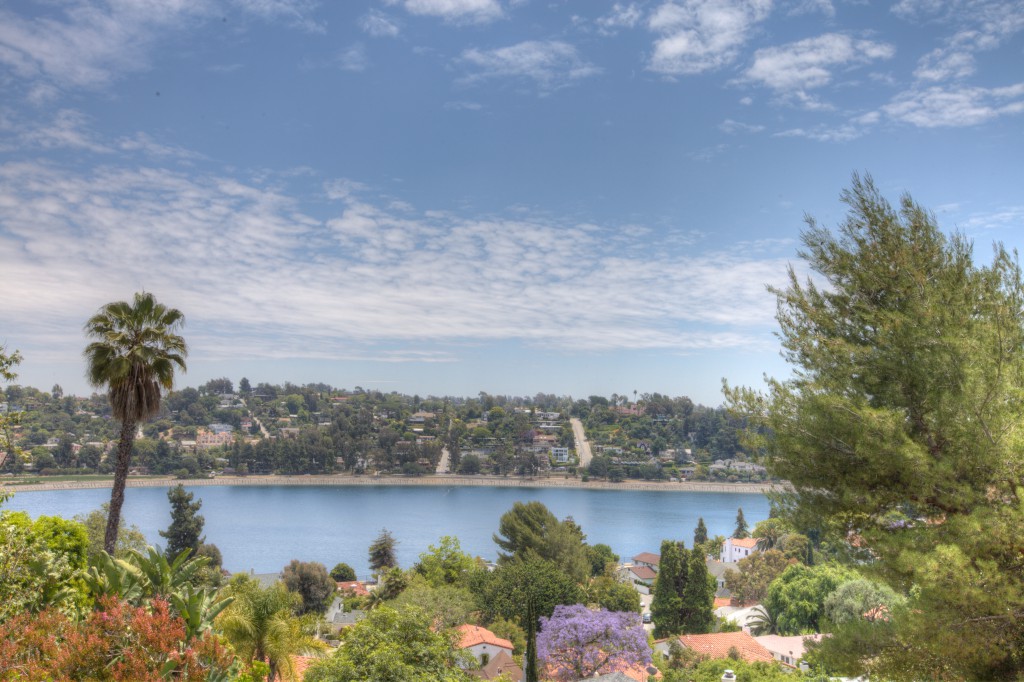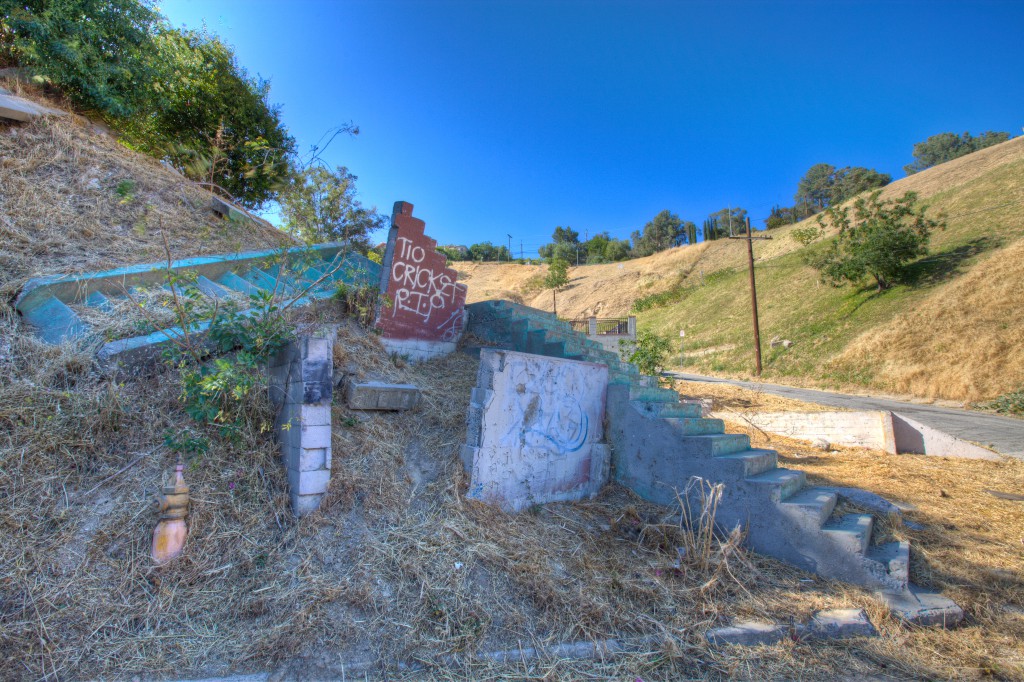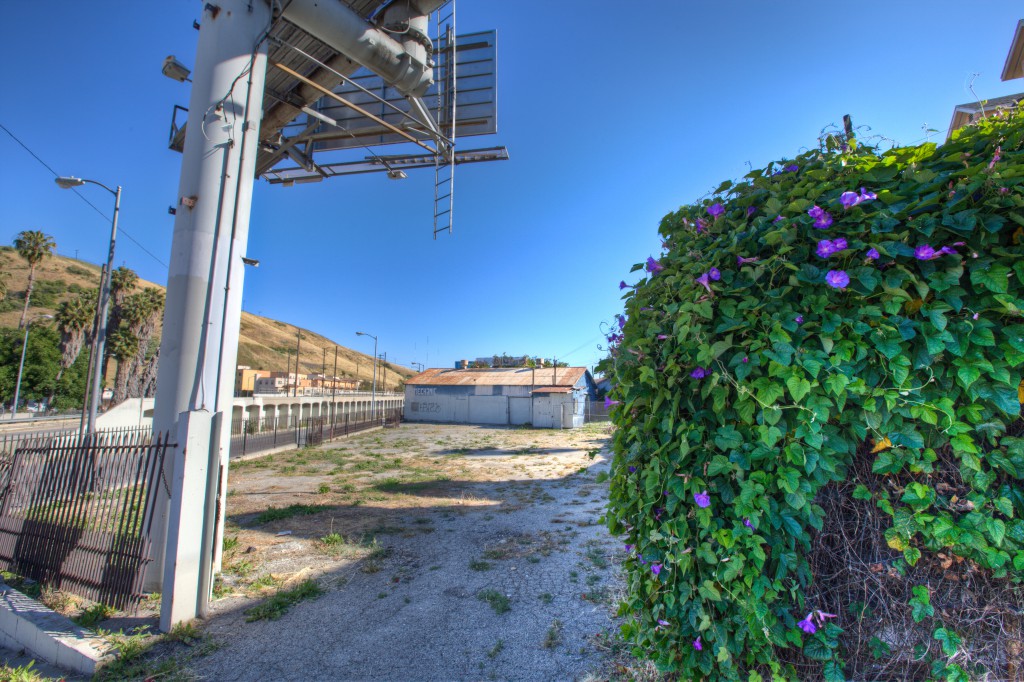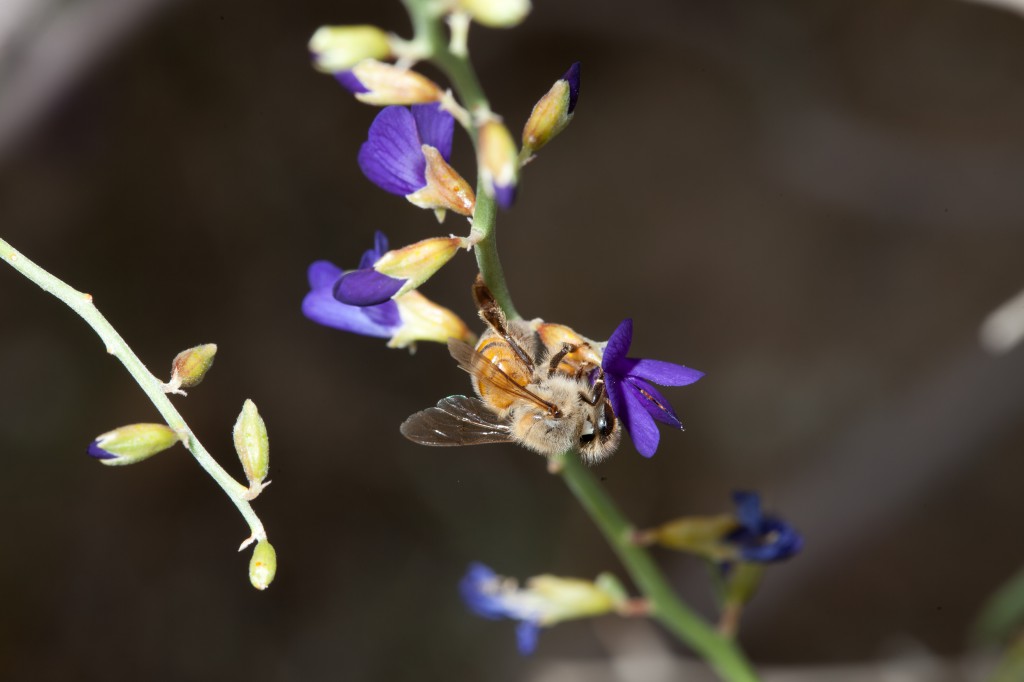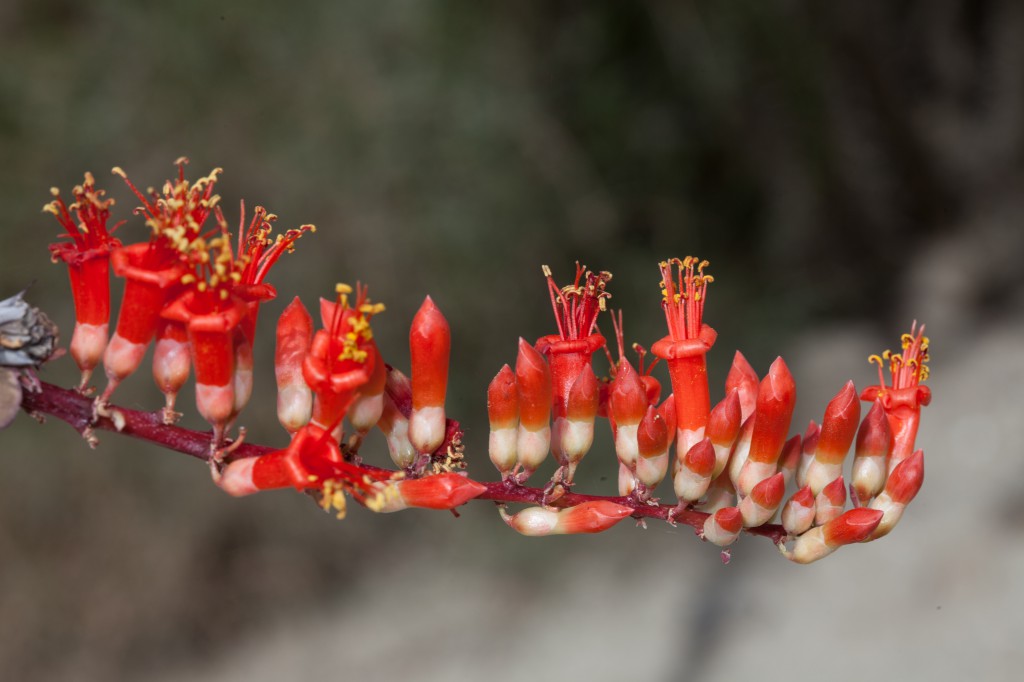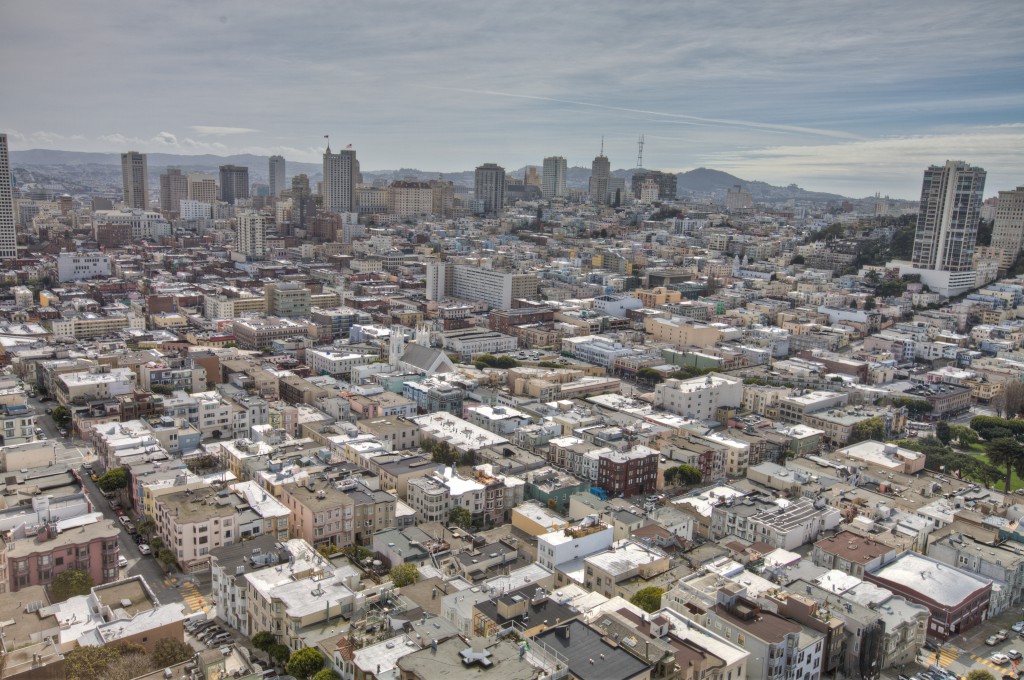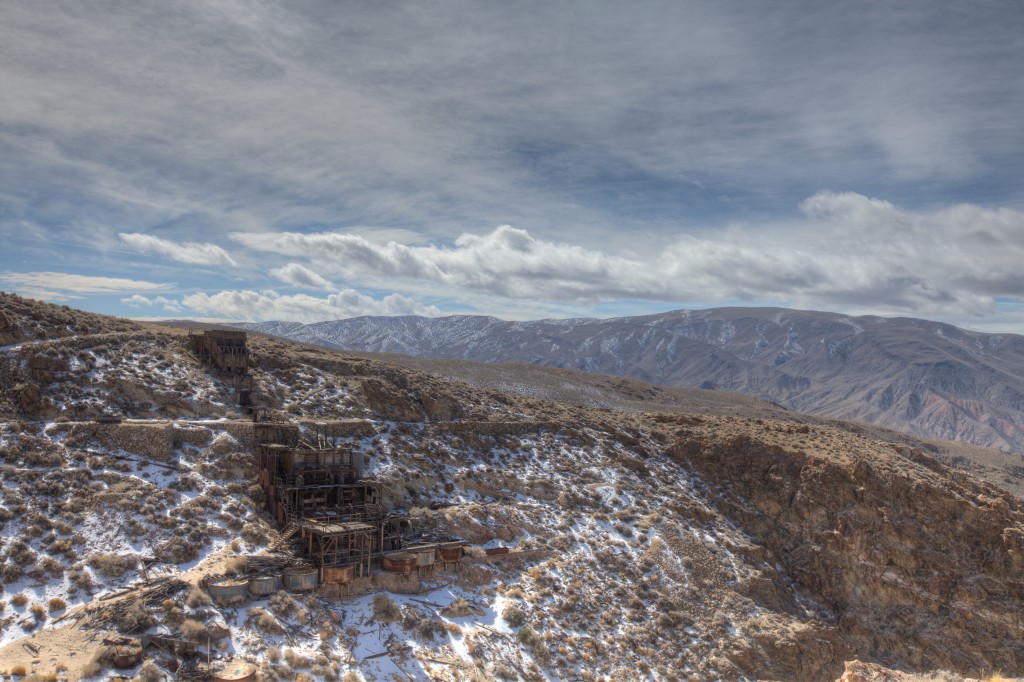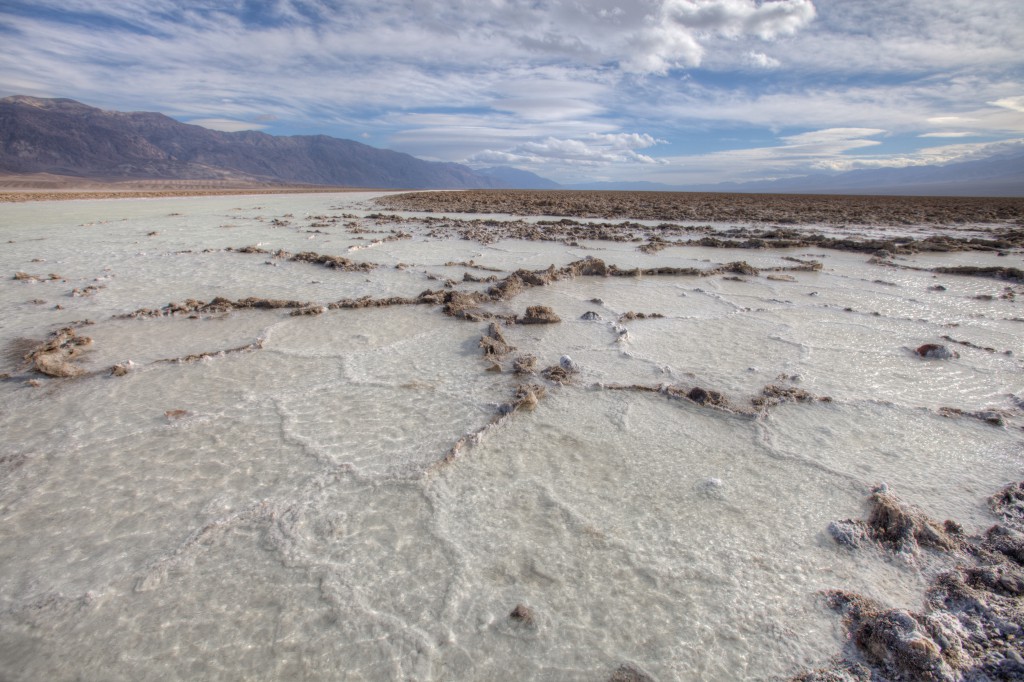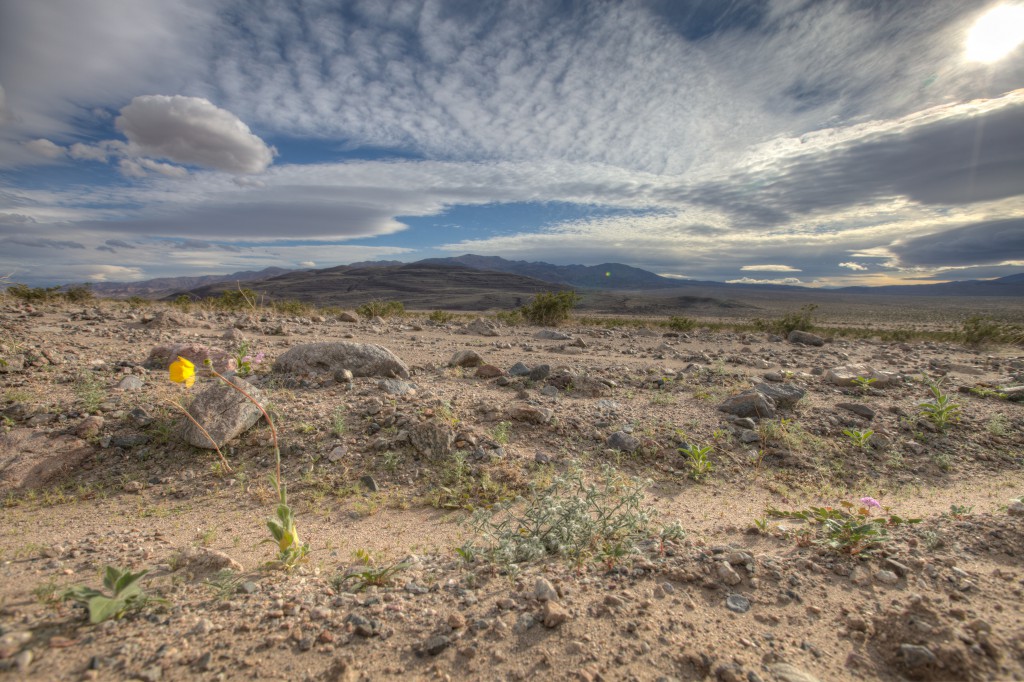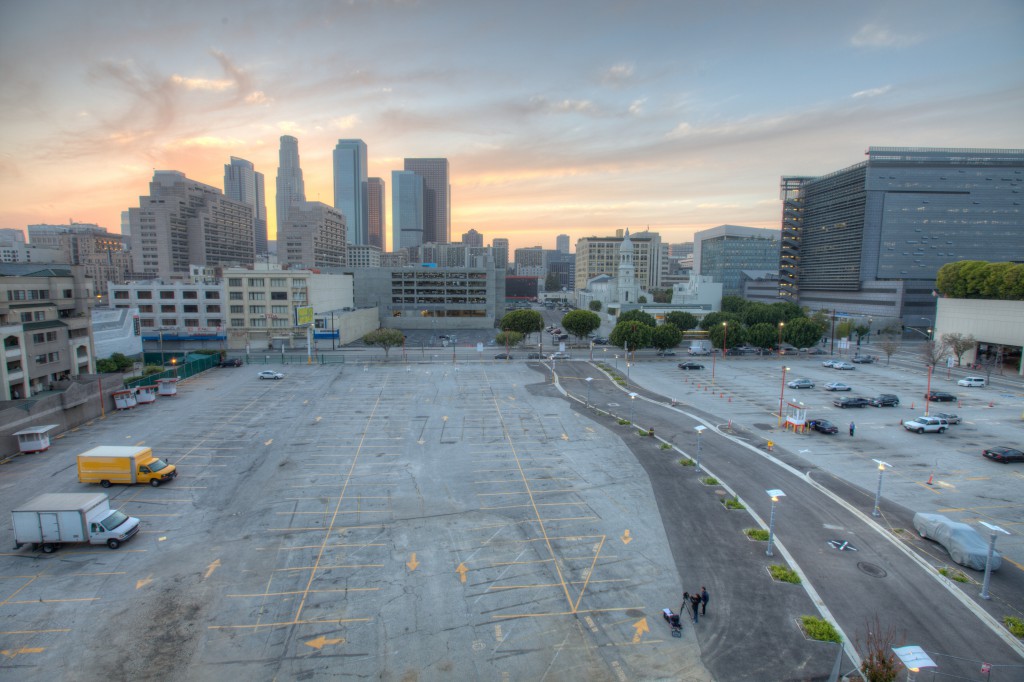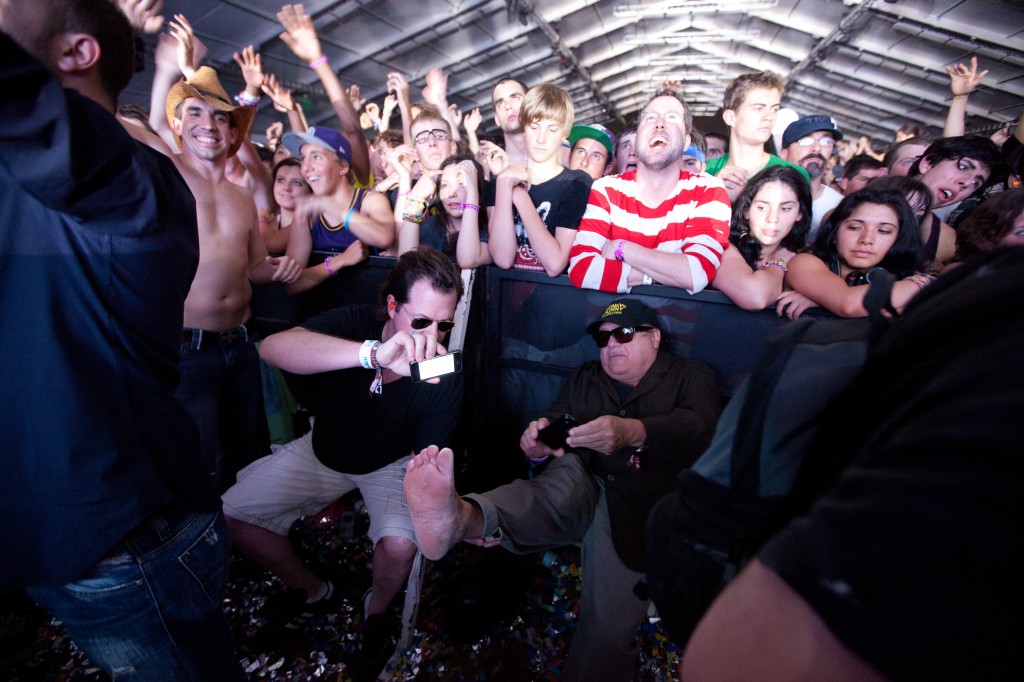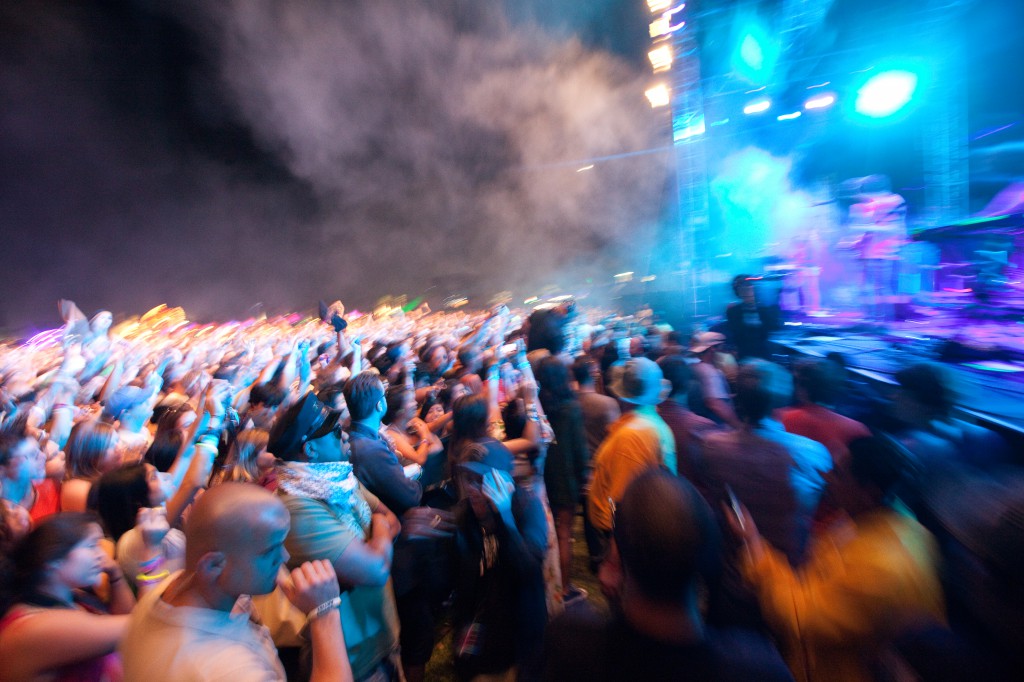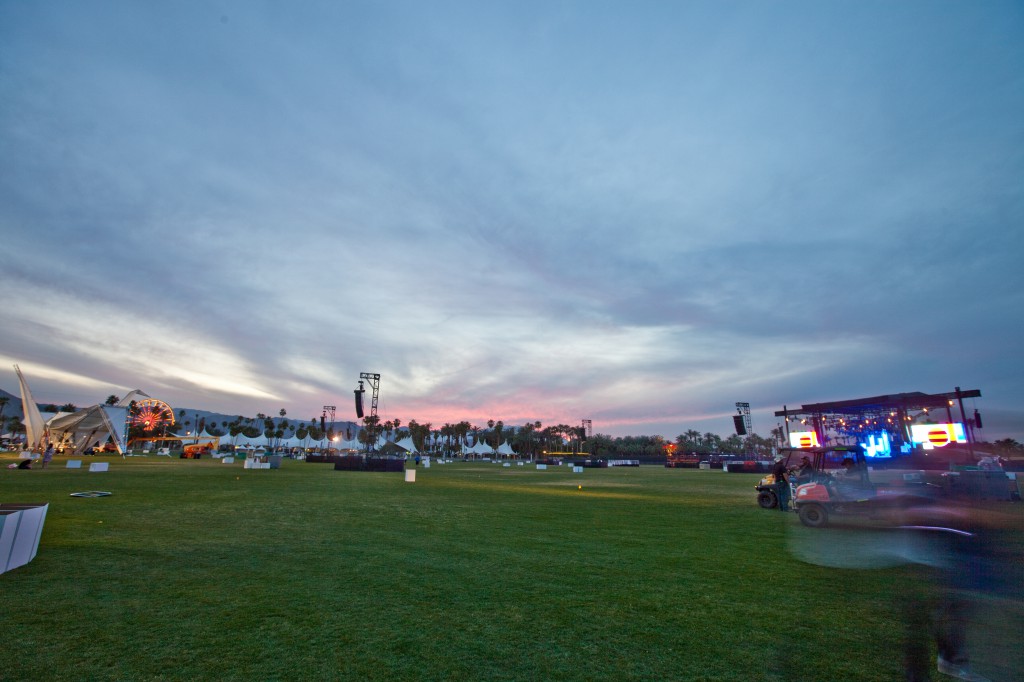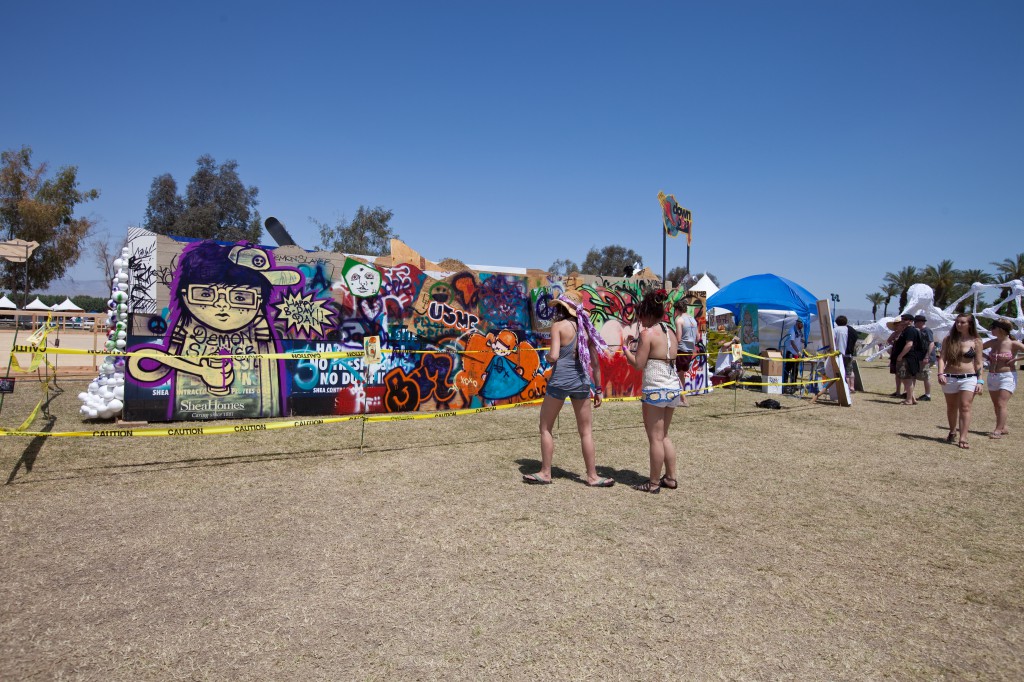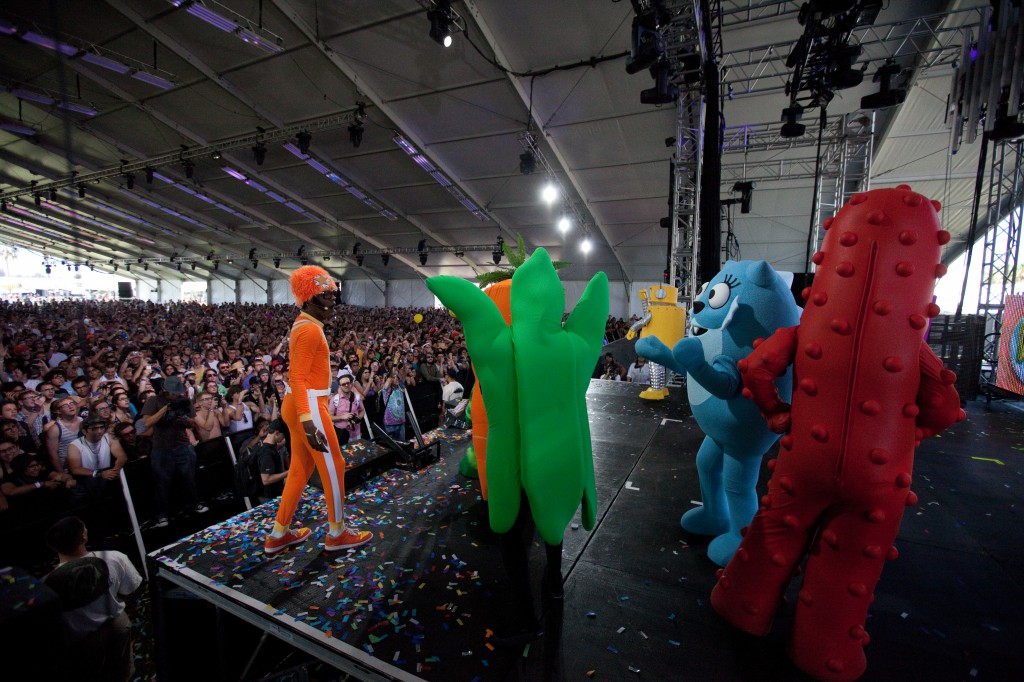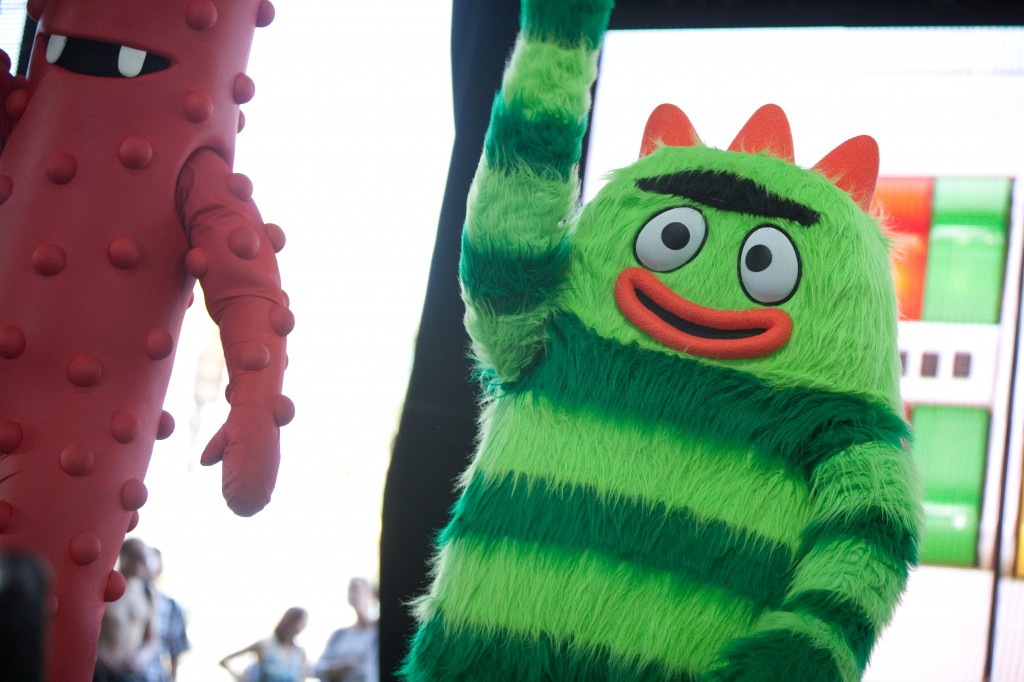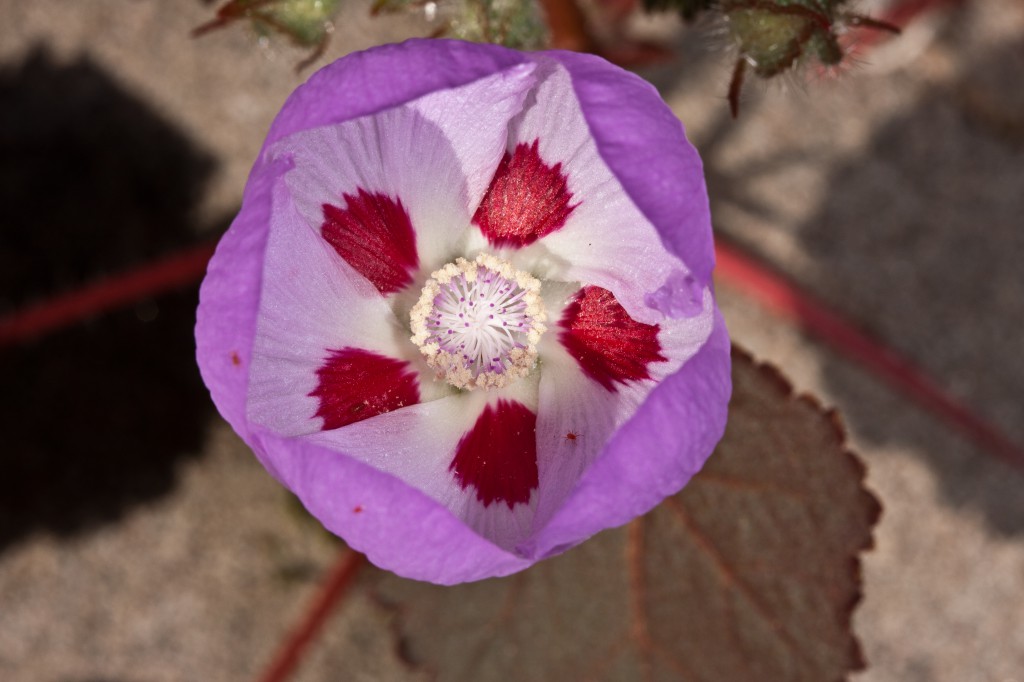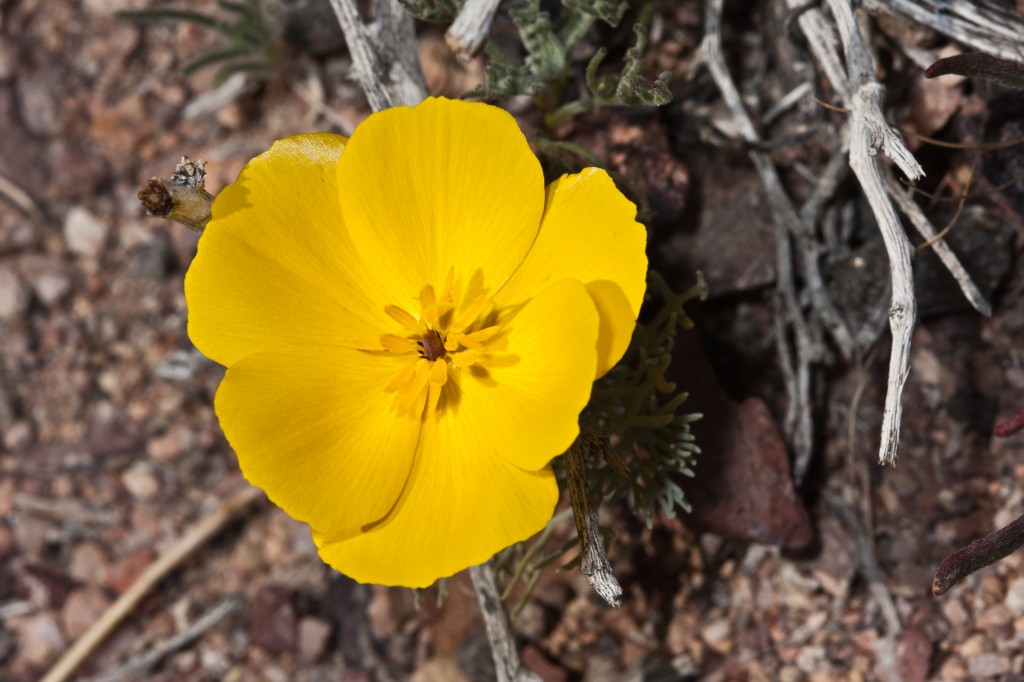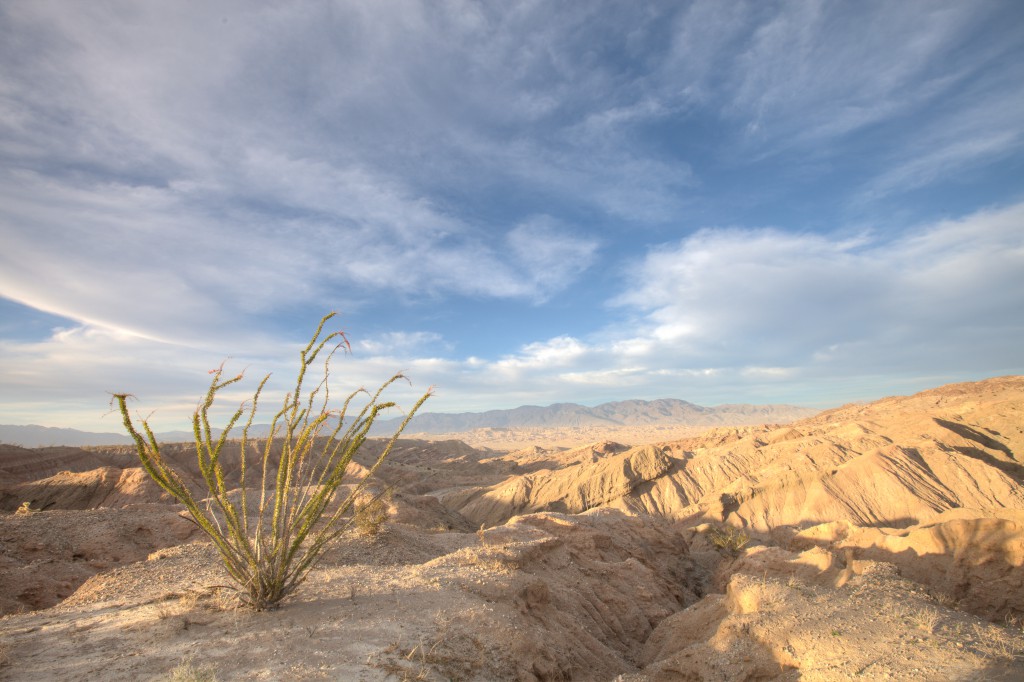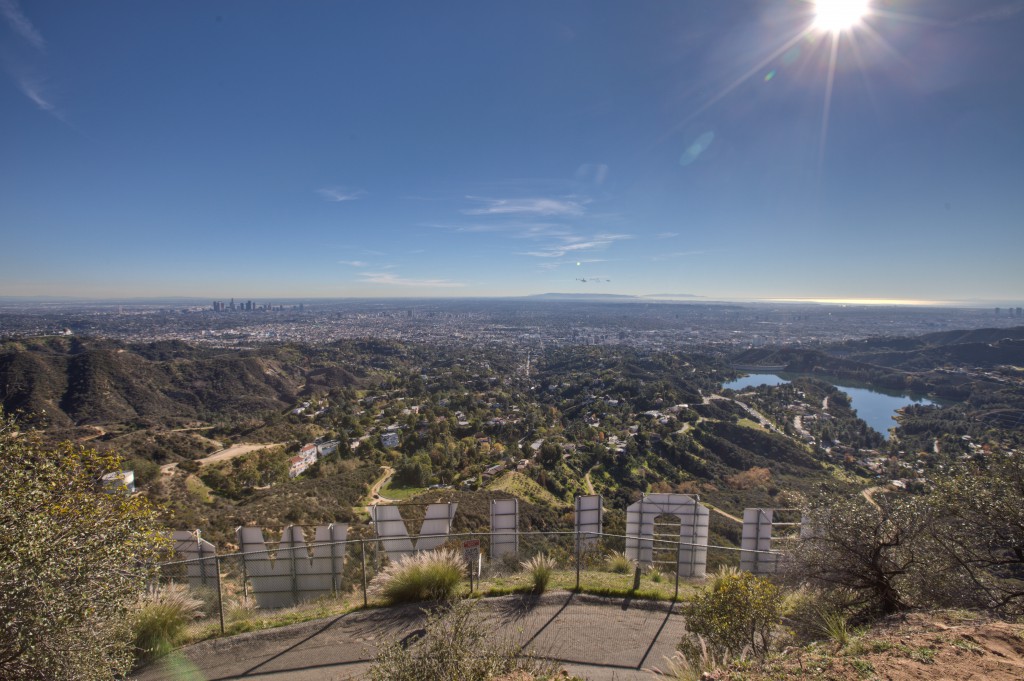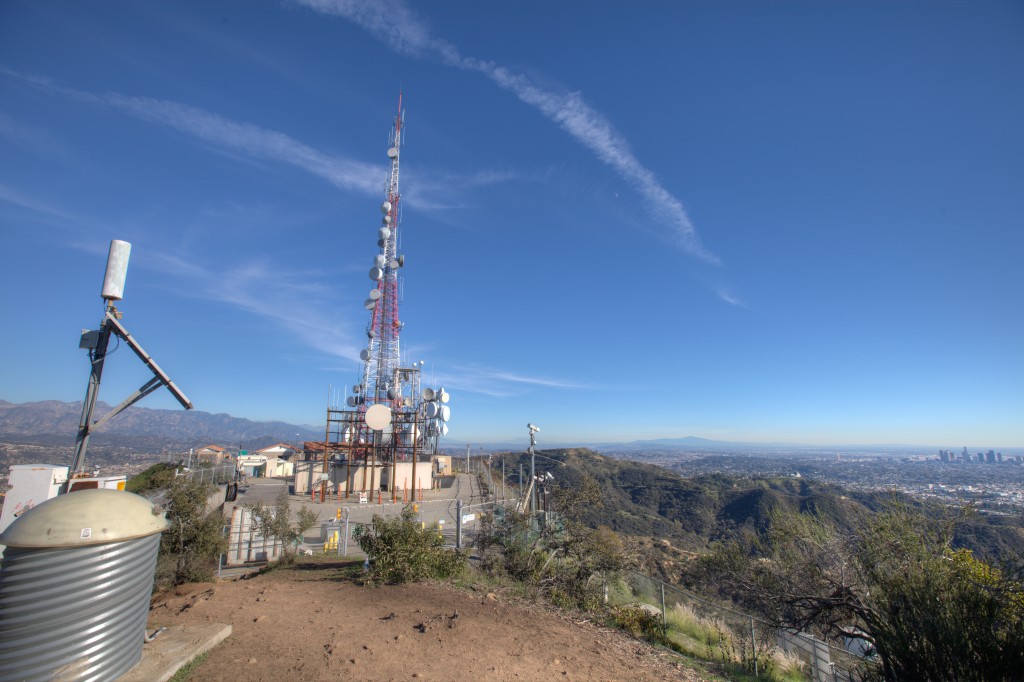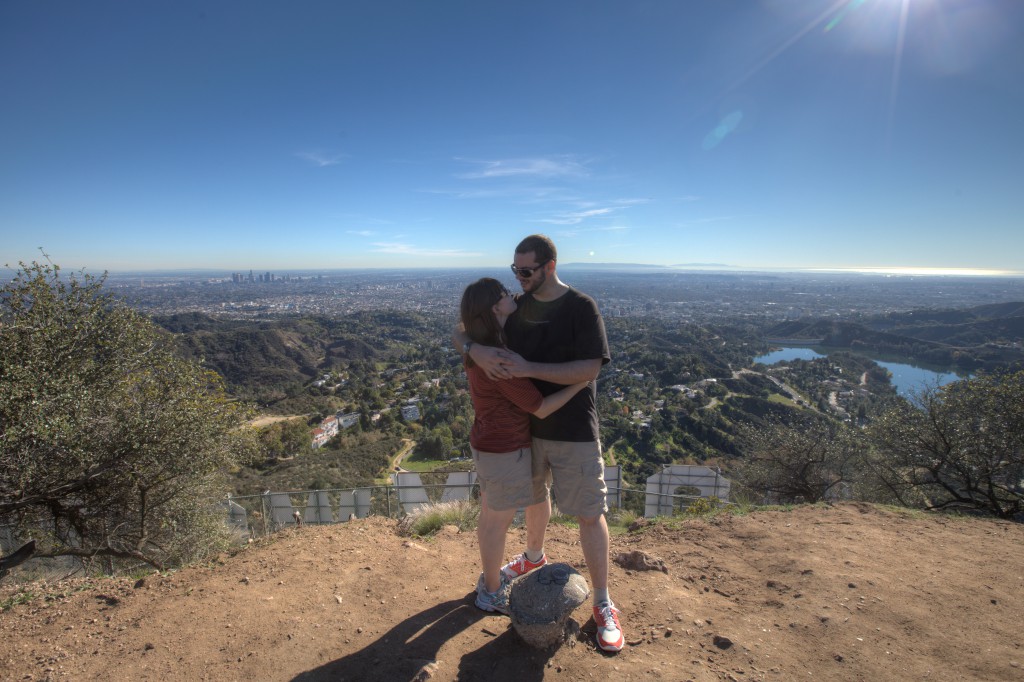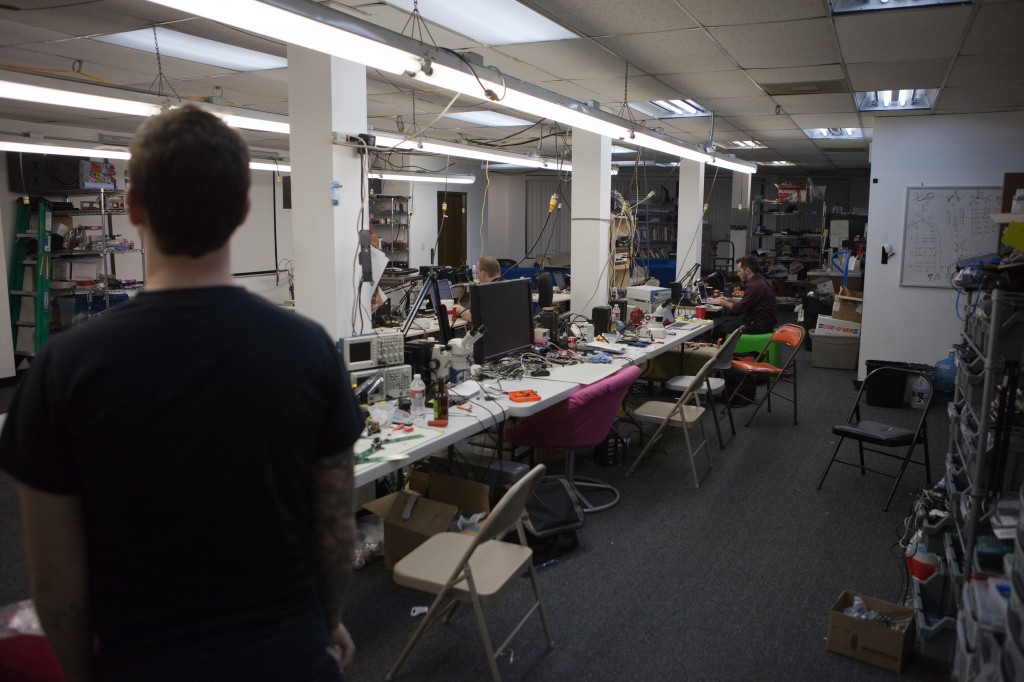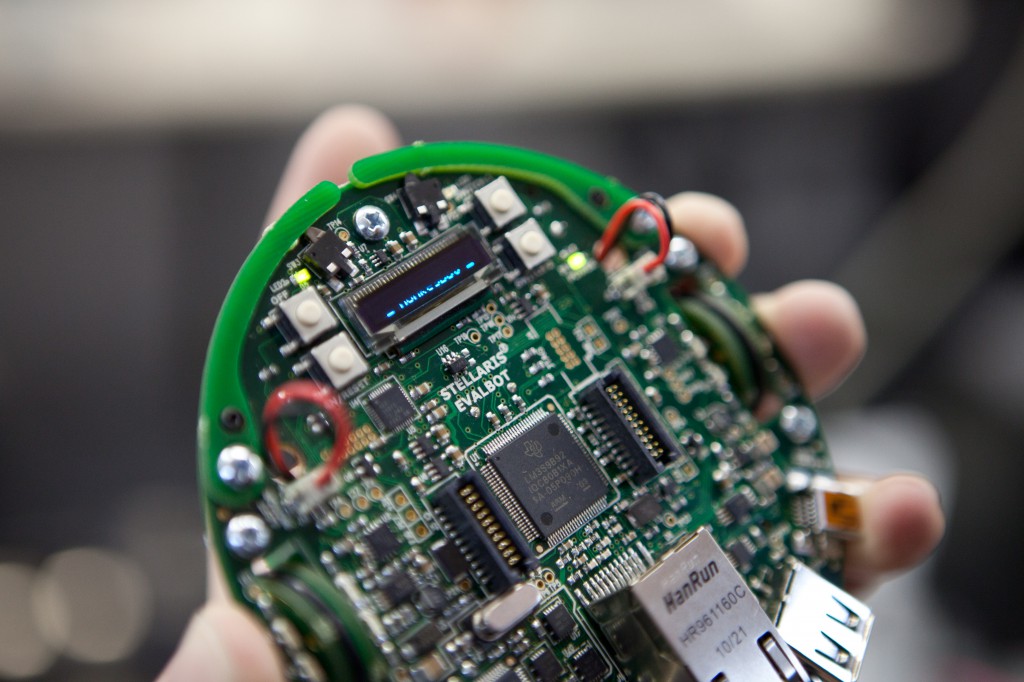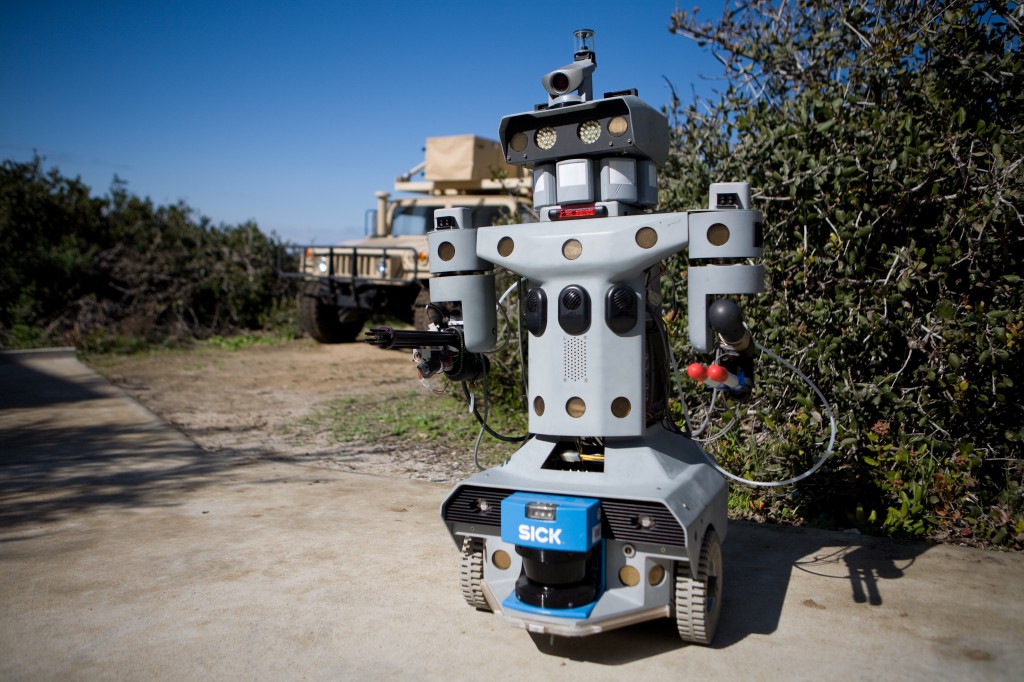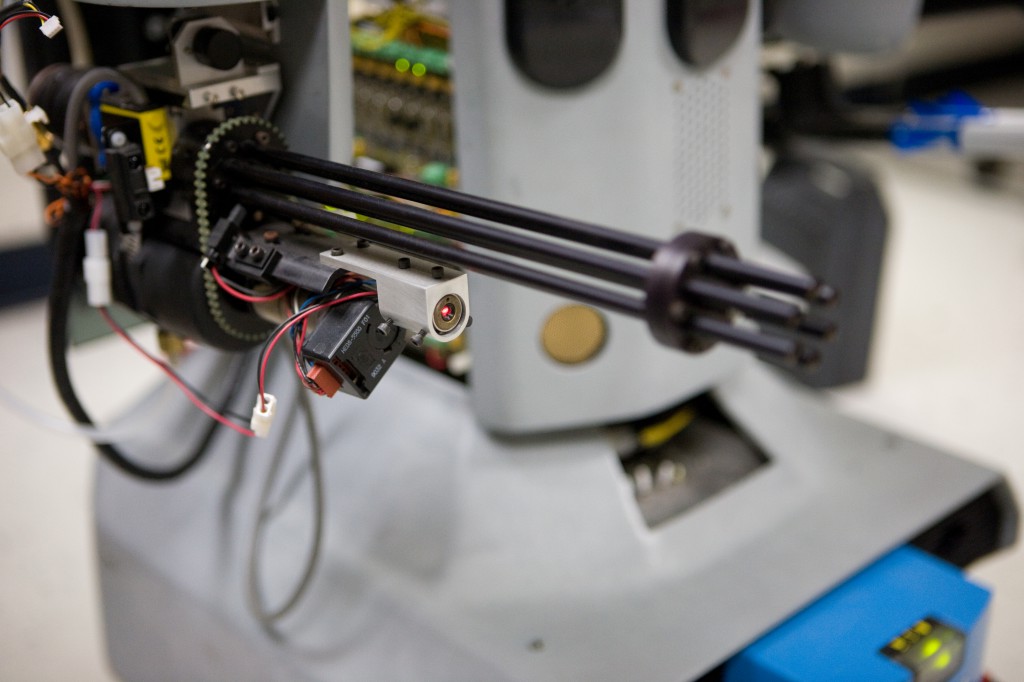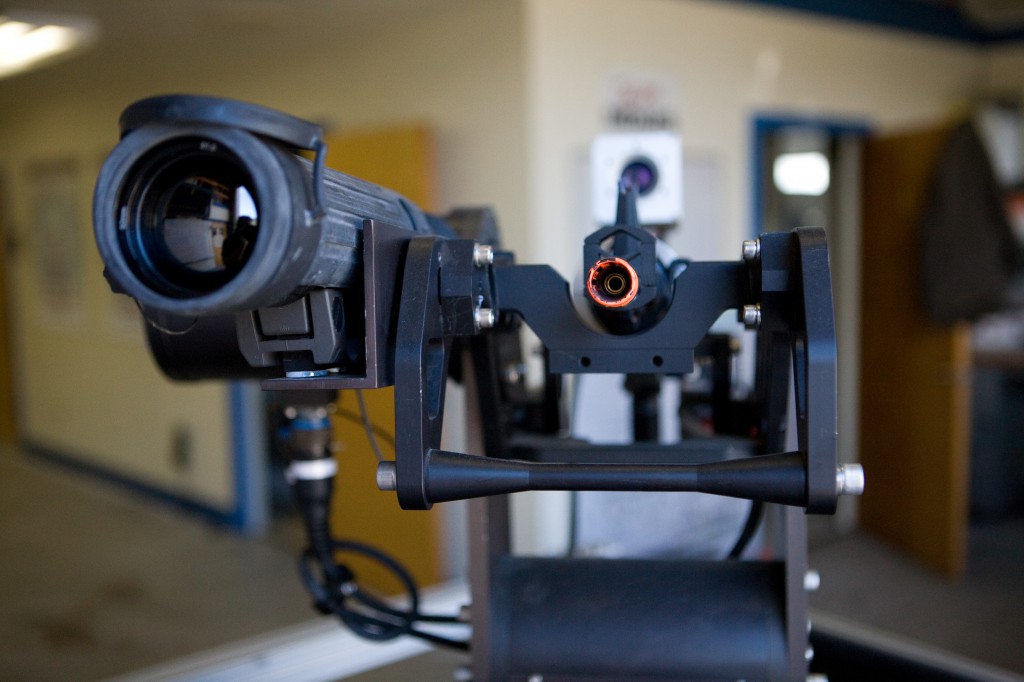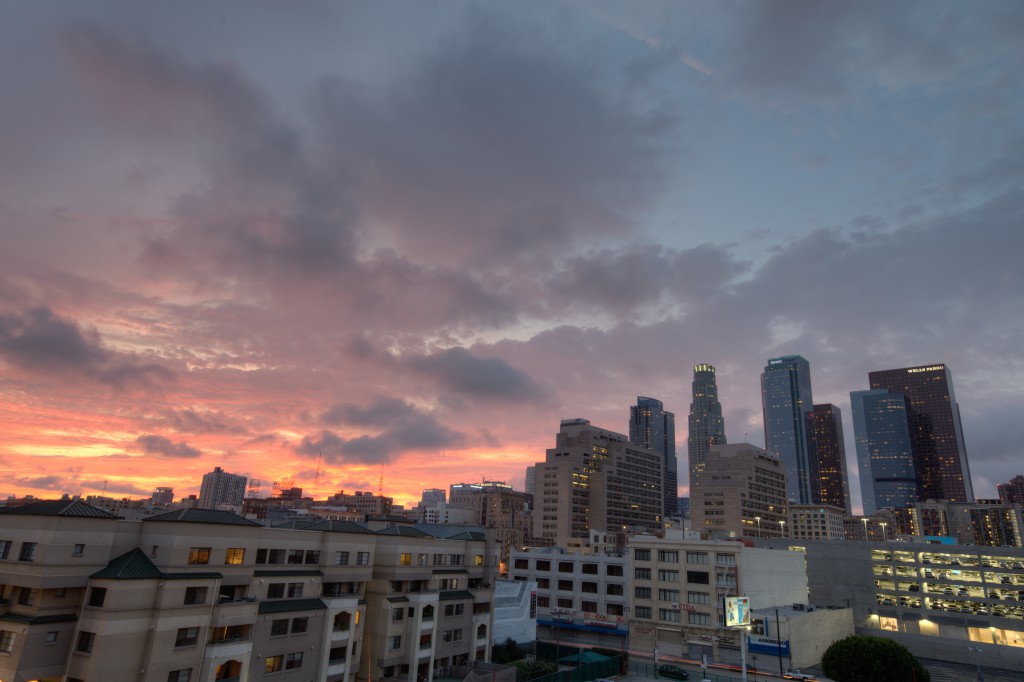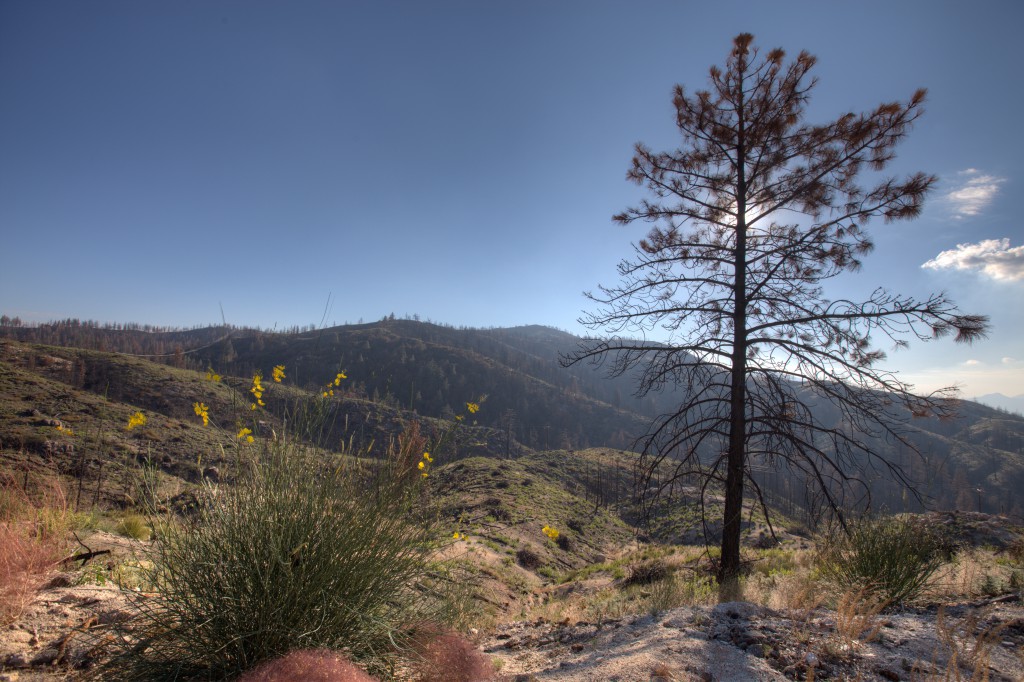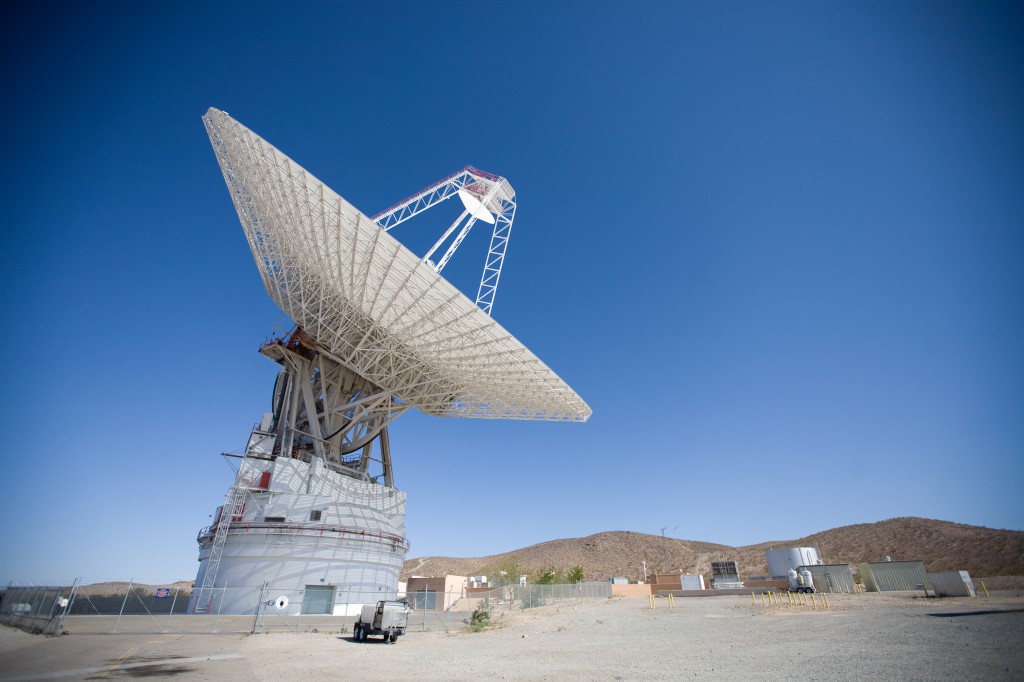My New Role at Apple
I am thrilled to share some exciting news: I have joined Apple as a Lead Software Engineer! For as long as I can remember, I've had a desire to work at Apple, a company that epitomizes innovation and creativity. It feels both surreal and fulfilling to now be part of a team that continually pushes the boundaries of technology.
A Dream Realized
Joining Apple is the culmination of a journey that has spanned over two decades in the tech industry. As someone who has admired Apple's commitment to quality and user experience, it is an incredible honor to contribute to a brand that has shaped so much of the technology landscape. This opportunity allows me to merge my passion for creating innovative solutions with my dedication to enhancing usability and efficiency.
My Professional Journey
Reflecting on my career, I realize that every step has prepared me for this moment. From my early days as a Graphic Designer to leading roles in software engineering and technology leadership positions, each experience has honed my skills in building robust, interactive systems and leading talented teams. Whether it was optimizing operations for Wag Labs or architecting solutions at GoFundMe and CrowdRise, my focus has always been on solving complex technical challenges and streamlining processes.
Bridging Gaps
One of my strengths is translating intricate technical concepts into plain, understandable language. This skill has been invaluable in my career, allowing me to act as a bridge between technical and non-technical stakeholders. Clear communication fosters collaboration and understanding, essential elements in achieving successful project outcomes.
Looking Forward
Although I have just begun my journey with Apple, I am incredibly enthusiastic about the opportunities that lie ahead. Apple is at the forefront of technological advancement, and being part of a team that is building the future is both exhilarating and humbling. I look forward to contributing to projects that will not only meet but exceed users' expectations.
In closing, while my posts reflect my personal views and not those of Apple, I am proud to have this platform to share insights and experiences from my career within this iconic company.
Thank you for being part of this journey with me. Here's to the exciting chapters ahead at Apple!
Tags
- Apple
Sunday, February 2nd, 2025 - Read more...
